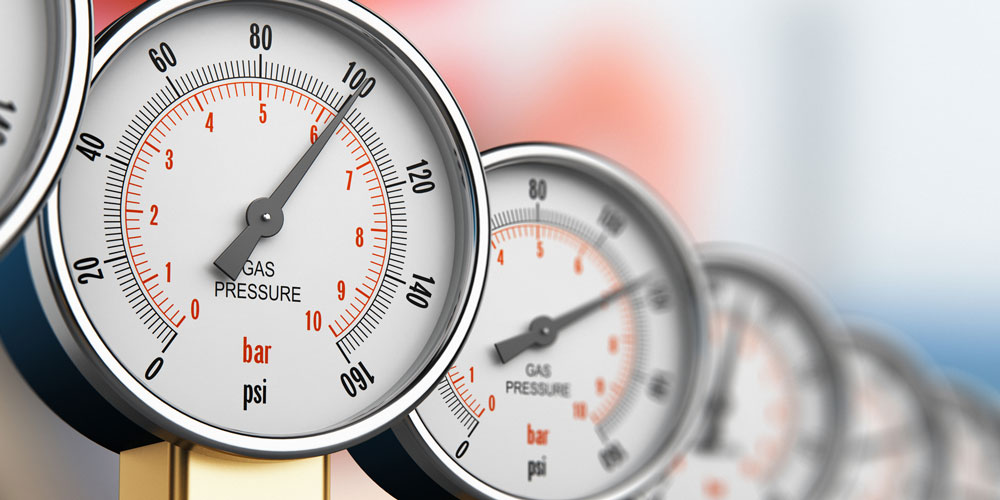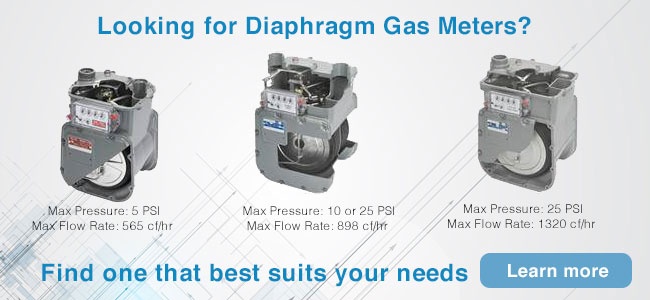A gas submeter installation project starts with a full assessment of the current systems, recommendations, developing a plan, and an implementation schedule. Hiring qualified technicians with experience in sub-metering systems, and inviting professional engineering companies qualified to design and install a custom solution is recommended.
Gas submeters monitor individual residential units or individual equipment consumption of natural gas; like boilers, commercial kitchens, ovens and furnaces. They are installed on the natural gas lines upstream from the services that will be metered and are usually read via a metering system. Choosing to install a sub-metering system for natural gas or propane in your property will help you understand the details of the gas consumption in your property and assist in reducing your overall utility cost.
Submetering Solutions for New Construction
New construction provides many advantages over retrofits. Planning for it, and having a professional engineering firm design and include all the requirements in the specification and drawings, will give the Gas Sub-metering system the most reliability. It will allow to prepare adequate conduits for wiring of the pulse generator at each meter, as well as the wiring of the communication network of the sub-metering systems ensuring for a durable and solid communications infrastructure.
Scheduling design meetings with the Sub-Metering System provider, will ensure the seamless integration of gas meter reading with the electricity and water meter readings, including also the integration of those readings into the Building Automation System (BAS).
A well designed system would have taken into consideration, the volume flow of gas the gas pressure on the line and pressure drop, ensuring the proper sizing of the gas meter. Additionally, the selection of the communication from the meter to the Data Collection unit, should be considered, whether a pulse data-logger that communicates with Modbus or M-bus communication protocol to bring the consumption readings to the Data Collection Unit, and from there broadcast the information to the cloud or to the BAS.
Once the installation is completed
Depending on the number of units of the new construction, the installation of the reading equipment might require multiple stages. Every unit is pre-programmed at the factory before the installation to make the whole process more efficient. When the installation is over, ensuring proper commissioning is a must; all sub-meters and equipment are tested, and a meter reading report is created to be sure that all systems are properly functioning.
Utility Management Solutions for Existing Buildings
Retrofits are a bit more complex, as the balance between installation costs, and service interruptions is a difficult one to maintain. These are the typical steps of the process that the installation team will take during the construction:
- Perform a detailed survey during the first site inspection.
- Properly size each meter assessing the proper location
- Decide on how the reading will be transmitted, either through wire or wireless.
- Determine the level of integration of the sub-metering system
- Properly select you installer and supplier.
- Pre-program every unit before installing the reading equipment to minimize the time needed
- Ensure management and staff are in agreement with the installation schedule schedule
- Develop your billing format, provide training and answer questions that your management and leasing staff might have on the billing software.
In retrofits there may not be space or it may be difficult to install new pipe to run communication wires throughout the building to capture all the individual meter readings, therefore it may be important to consider transmitting the meter reading wirelessly, a propagation test is an investment that will save time during commissioning of the metering system.
When the installation is done, your property will be ready to start with the billing process. The remote reading system can read all gas submeters automatically, and the company will bill the user individually and collect the payments.
Sub-metering is beneficial to property managers and property management companies because it increases tenant satisfaction, reduces consumption, improves building efficiency, and lowers the overall negative environmental impact.


